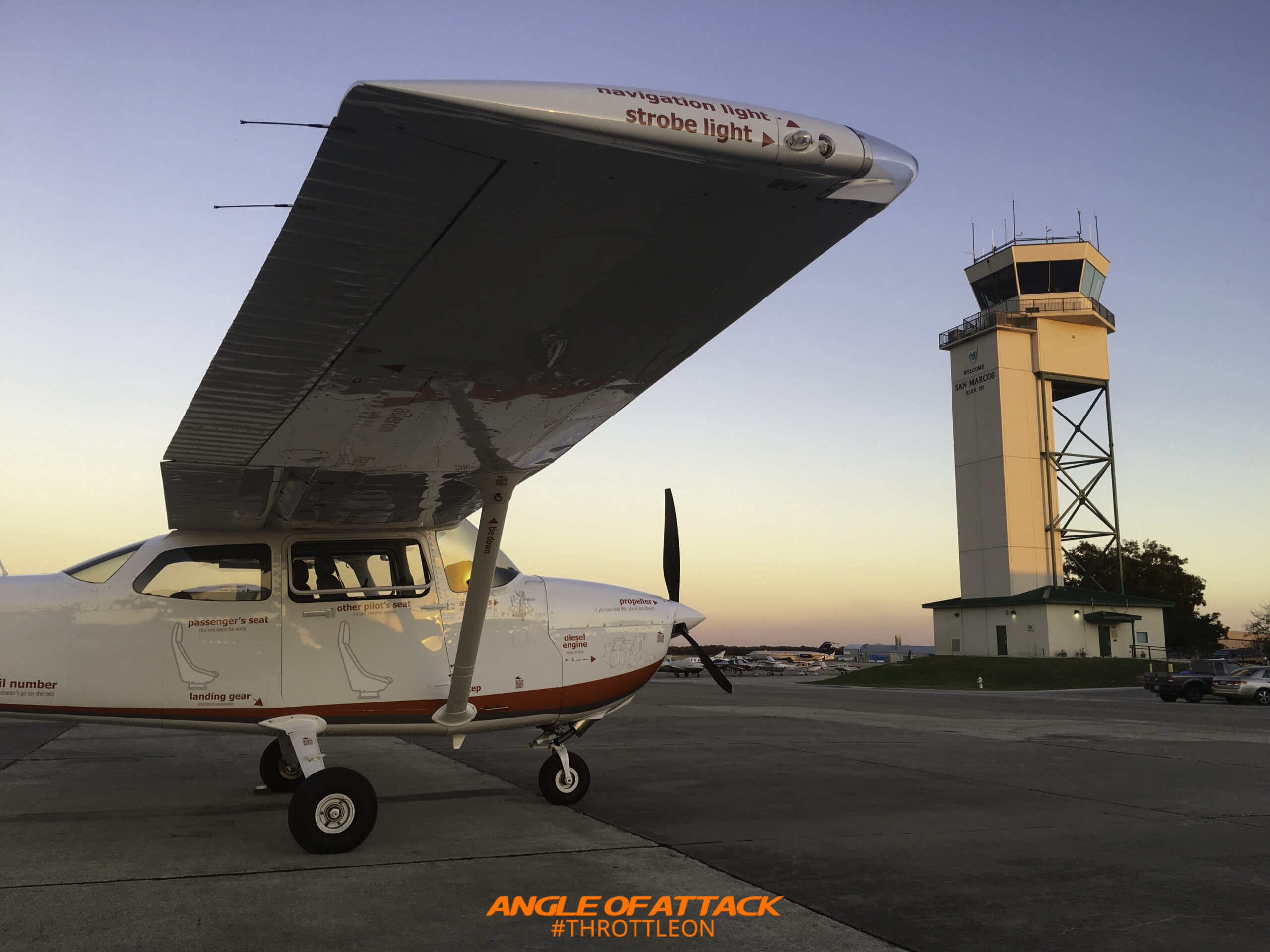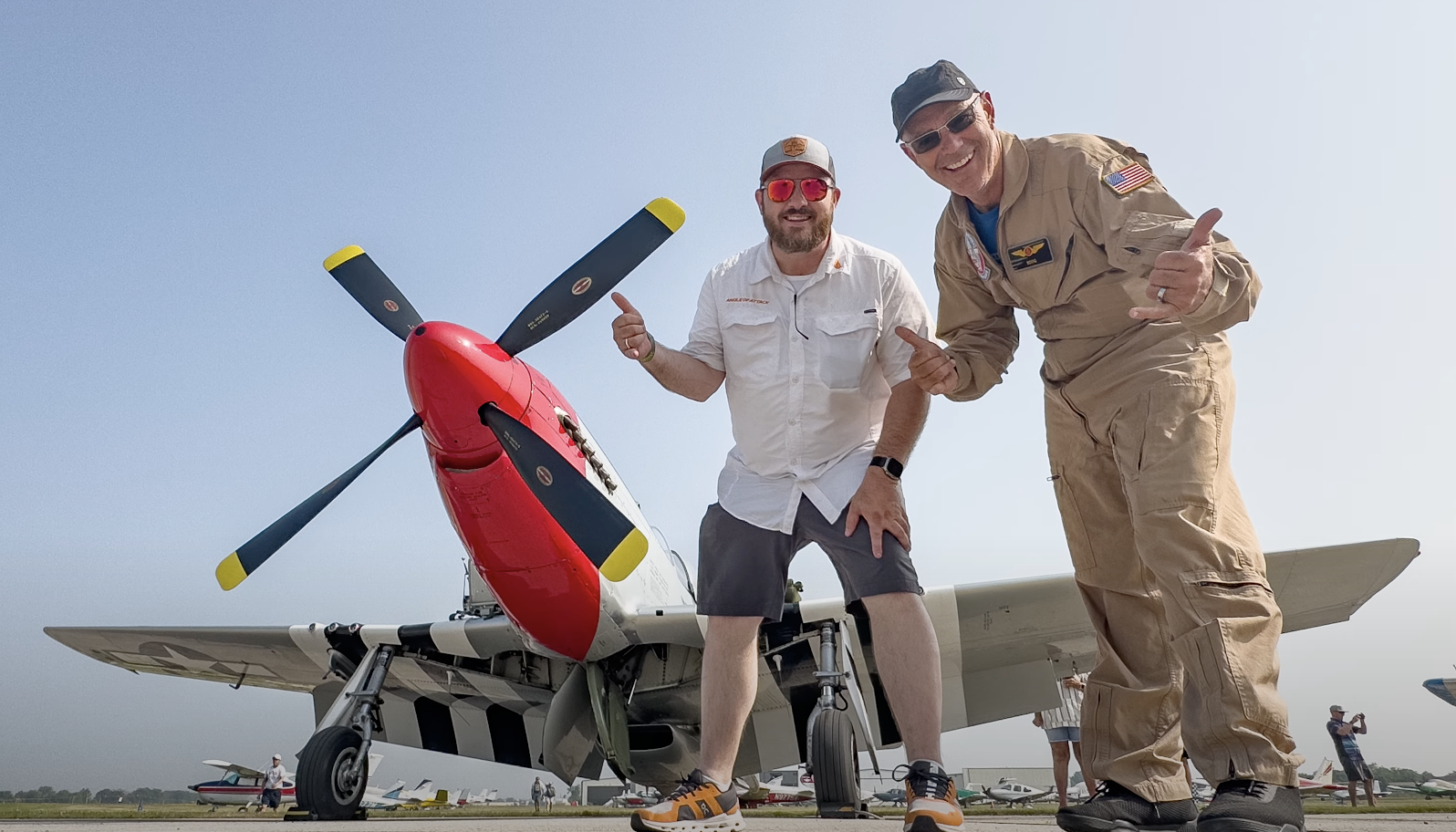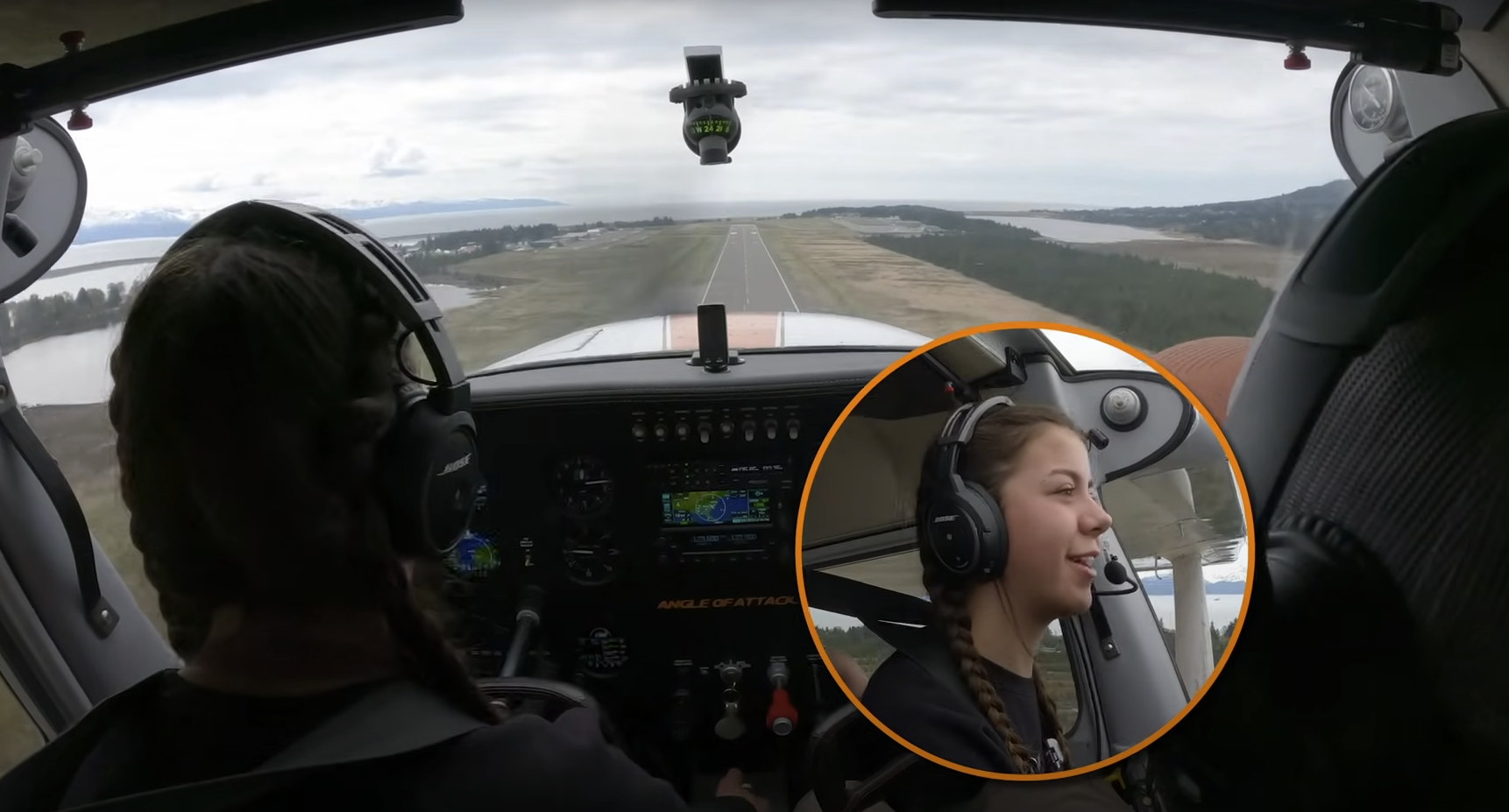
Having trouble landing an airplane? Finding yourself out of control at the wrong moment? In this video we’ll go through 5 common landing mistakes, plus how to fix them as you’re flying, or even doing flight training.
[WIDE Traffic Pattern]
When we’re working in the traffic pattern, we’re putting ourselves in a precarious situation. While engine failures are rare, it makes the most sense to be closer to the runway so that one can make a power off, emergency landing if needed. So, we need to fly closer to the runway to ensure this can be done. A small aircraft, particularly a single engine Cessna 172 like this airplane, has no business doing ‘cross country patterns”.
[Base to Final]
There has been a lot of talk about the base to final turn. This is typically the last turn before making a landing. You’ll be flying slower, and trying to roll out so you can be aligned with the runway. But it doesn’t always work that way for one reason or another. If you overshoot, it’s important to not overcorrect, pull to try and get back, and/or step on the rudder. This can cause a spin at this slower speed. Being closer to the ground, this is more often than not deadly.
[Landing Too Fast]
Perhaps the landing mistake I see the most, many pilots simply land too fast. Perhaps the extra speed is added because there is so much emphasis on stalls and loss of control. Unnecessarily added airspeed can cause issues of it’s own — long landing distance, too much floating, and just simply, a lot of extra work.
That’s why it’s important to be on speed, AND on target. Speed management is a huge part of landing, finding the right pitch and power for the desired performance.
[Lack of Rudder Use]
As nose wheel pilots we get a bit lazy with the stability of our airplanes. Really, there’s a lot of non-rudder flying one can do, although it’s not recommended. It’s still important to use the rudder to maintain coordination through many phases of flight. On landing, this is particularly important. These little corrections are just HUGE when it comes landing an airplane. That’s why you’ve got to constantly be doing those little adjustments to the flight controls during landing.
[Finish the Job]
YAY! You made a good landing! Now what? Well, finish the job. You’ve got to maintain centerline, turn the aileron into the wind to prevent drift, and in some cases use the brakes to stop. Don’t just celebrate that you miraculously landed — finish the job!
I hope you found these tips useful. Let me know if you want more videos like this in the comments.
#aviation #flying #flighttraining
Get more flight training resources at https://ift.tt/35kuums
via https://youtu.be/YCcRidKWIqY
Chief Flight Instructor and President of Angle of Attack. Founded in 2006.

Stay Connected
Be the very first to get notified when we publish new flying videos, free lessons, and special offers on our courses.





